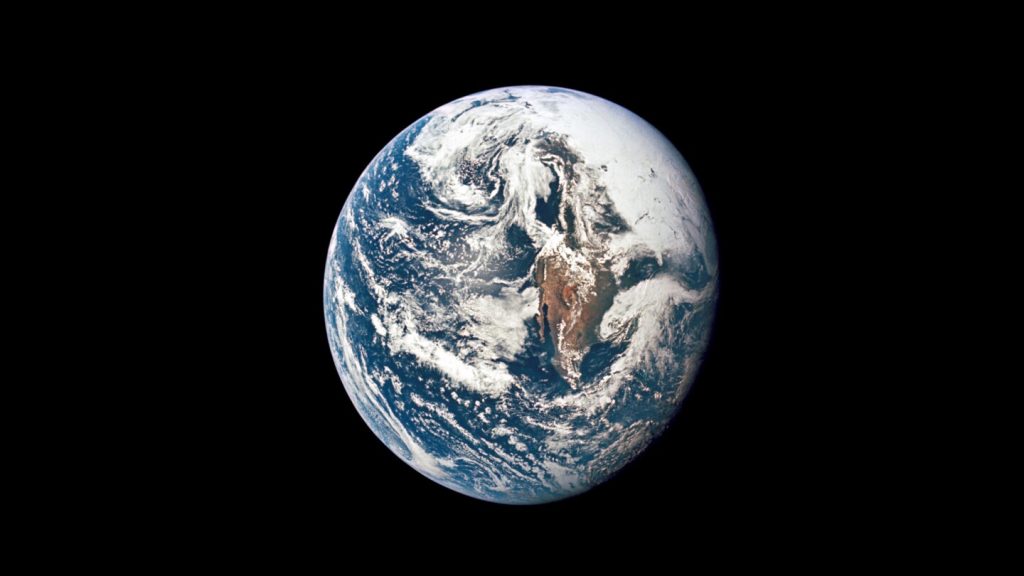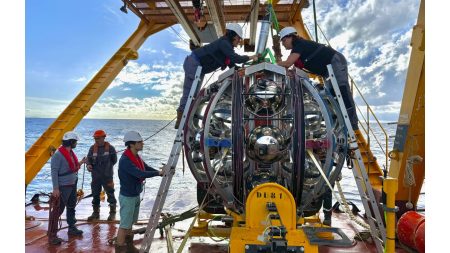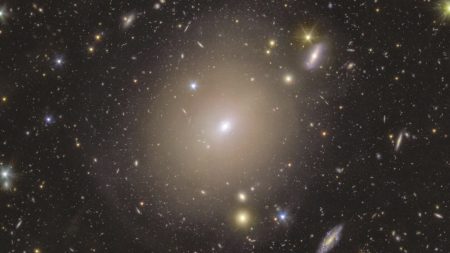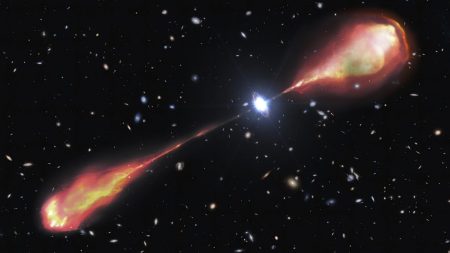Summary of the Content
Increasing Threat and Asteroid Threatening Funding
Near-Earth asteroids, crucial for missions planning and hazard assessments, are experiencing an increasing threat now. NASA recently reported a 2% probability of the asteroid #2024 YR4 impacting Earth by 2032, with a 98% chance of a safe pass through the Sun’s gravitational influence. Such findings highlight the urgency of addressing asteroid risks, which, if not mitigated, can be costly. Asteroids are space rocks orbiting the Sun, and their distribution along the asteroid belt places them millions of times in our solar system.
Tracking Asteroids: Methods and Initial Scientific Evaluation
Astronomers use telescopes like those on Earth and space probes to track potential risks. For instance, in December 2024, a dustyChild asteroid was discovered by the Chelyabinsk urine telescope, estimated at 130–300 feet (40–90 meters) to 2024 YR4. NASA reported an initial low probability, rising to approximately 2% by Thursday. However, scientific uncertainty surrounds the asteroid’s orbital path, making long-term risk assessment challenging. Commonly, this involves NASA’s委caling for planetary defense systems.
Concerns and Experts’ Views on 2024 YR4
seismic expert Paul Chodas warned that asteroid probabilities might rise, with the low-case probability already around 1.5%. Experts caution that the risk will fluctuate and likely reduce, depending on better understanding of asteroid trajectories. Public reactions vary: some view neutrals concern, while others express rectitude. NASA emphasized that less-researched asteroids like 2024 YR4 require careful assessment, as large impacts could cause catastrophic consequences.
Crosby Assessments Highlighting Public Reaction and Historical Risks
Crossetimations raised immediate concern, with NASA noting that other asteroids like Apophis in 2021 were cleared. Apophis was confirmed as harmless in 2068, whereas its.parent (a larger asteroid) could create devastating impacts. Crossetimations were dismissed by NASA, replacing concerns with data-driven assessments. Recent history, such as 2021’s Aporophis avoidance, suggests that once scientifically grounded, risks can be managed.
Hans Exてしまいましたilion or Light Devastation?
Flyby observers Piklits and others have expressed fear that future impacts might be worse. However, 2024 YR4, with its potential larger size, could cause akin to the 1908 Tunguska event. While such impacts might be less severe in location, their consequences and risks remain uncertain, emphasizing the need for long-term caution and avoidance.
Conclusion and Support— NASA’s Blueprint for Risk Mitigation
NASA and the European Space Agency are optimistic about asteroid risks, promising to refine risk assessments with better orbital data. The organization, supported by global institutions, is working to develop actionable measures to navigate asteroid threats, ensuring that future contingency plans are safer and more effective. Its support underscores the importance of proactive asteroid avoidance and development.
This structured overview provides a clear and concise summary of the content, integrating key points while maintaining readability.










